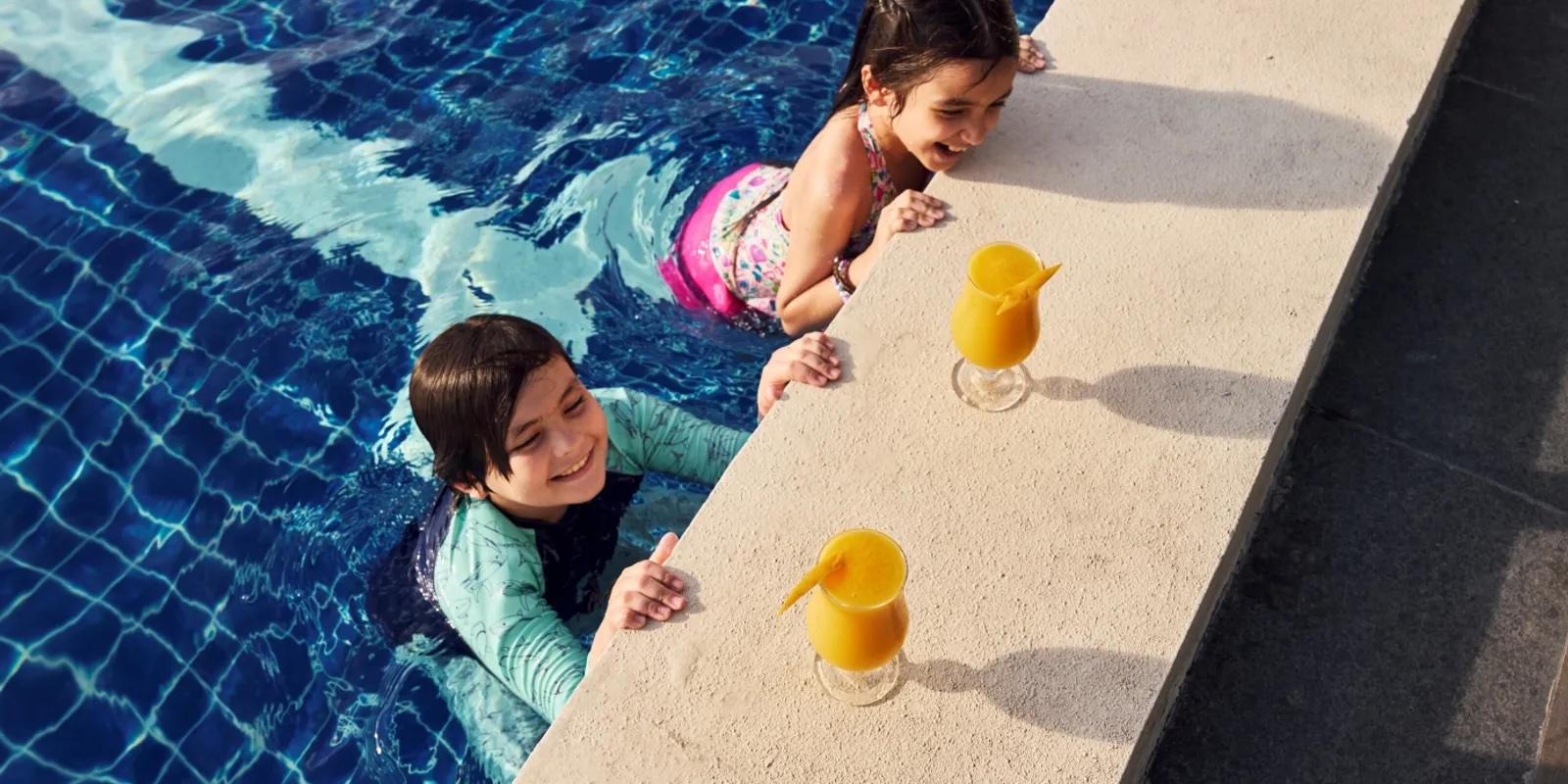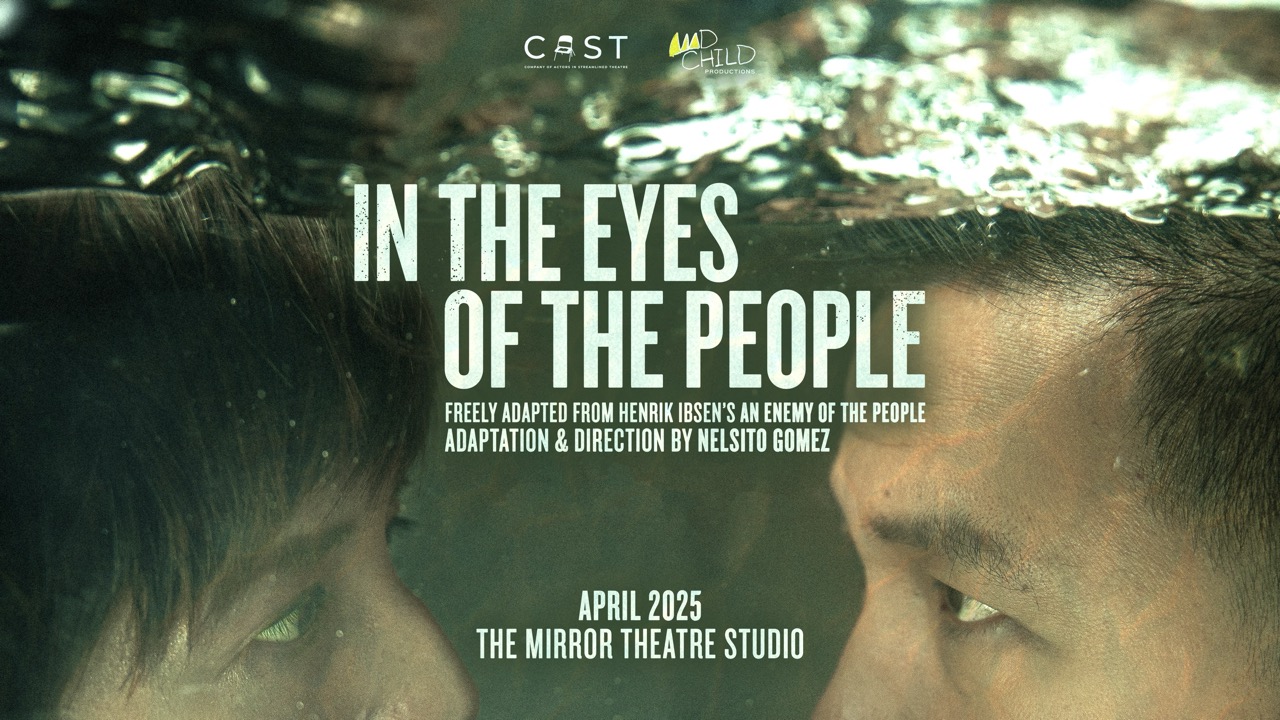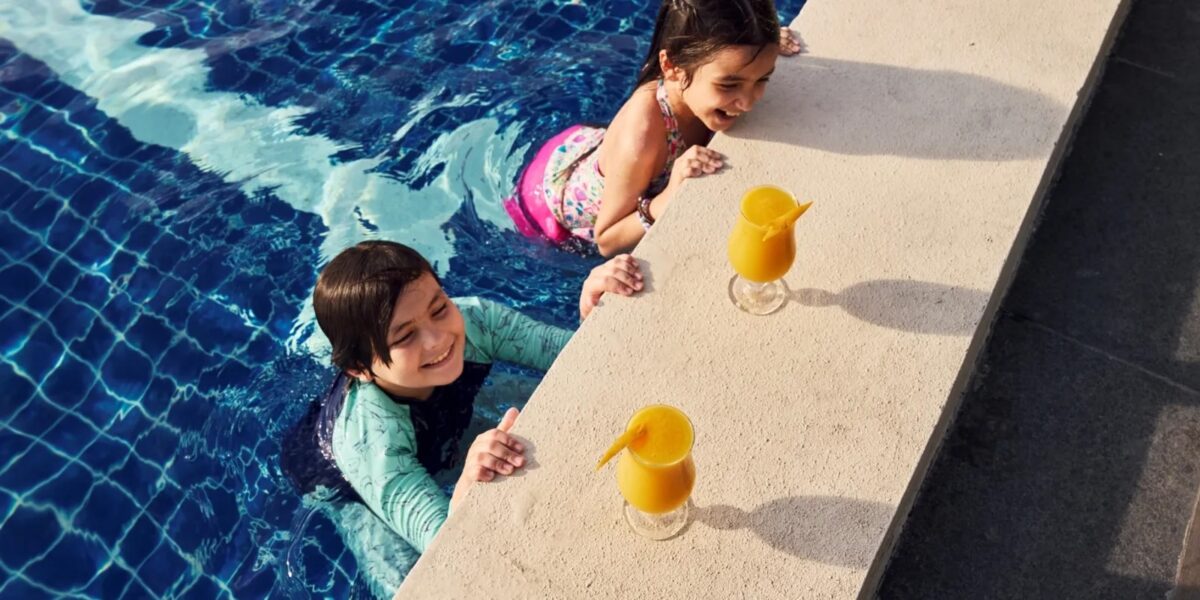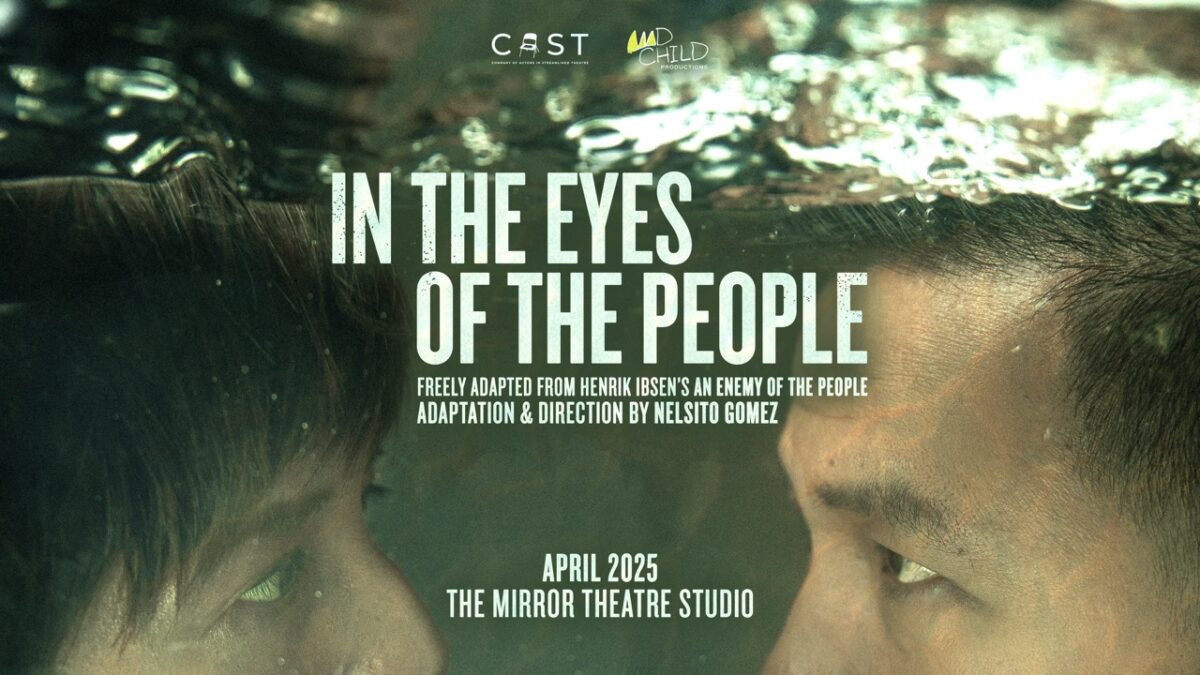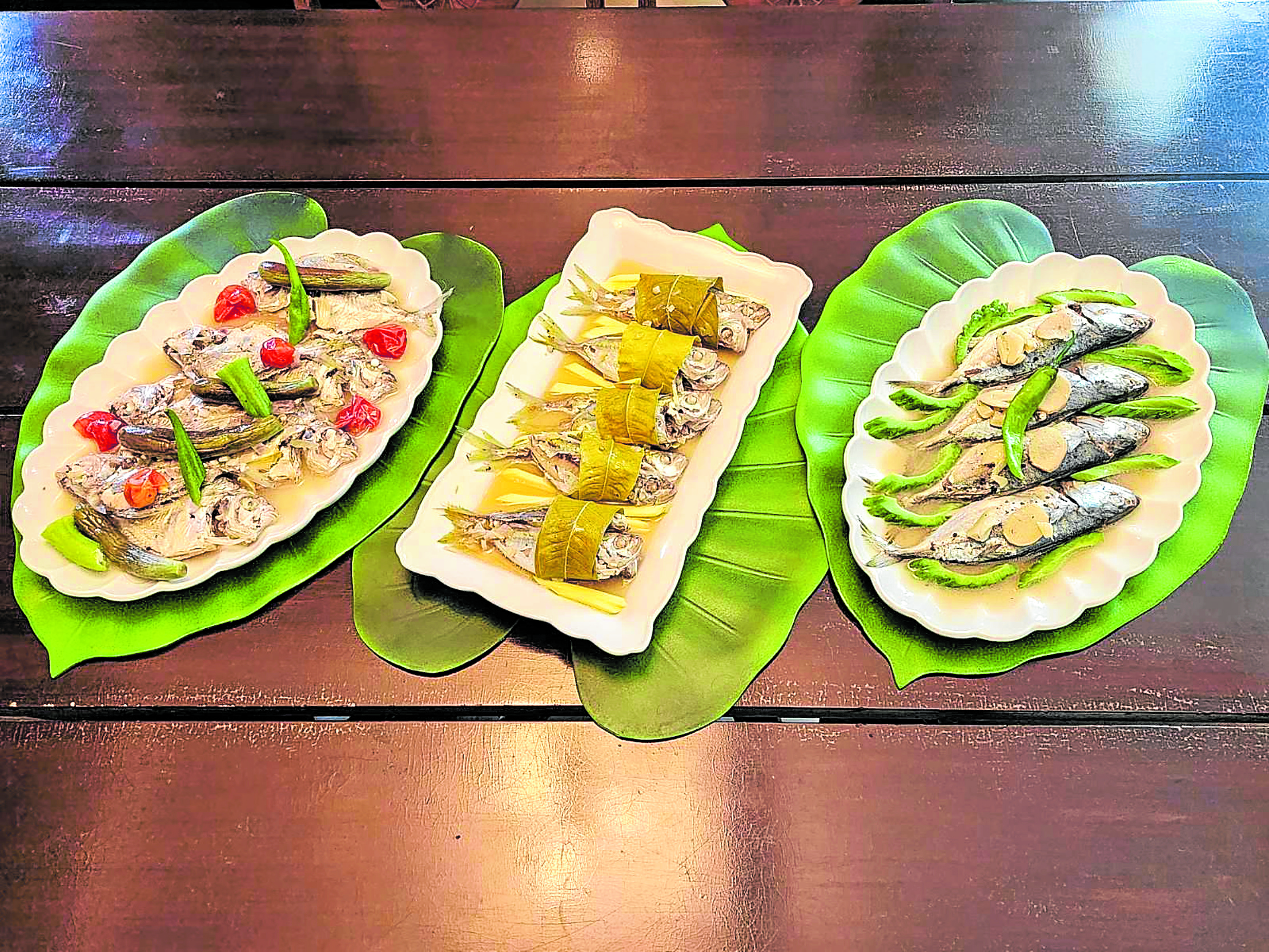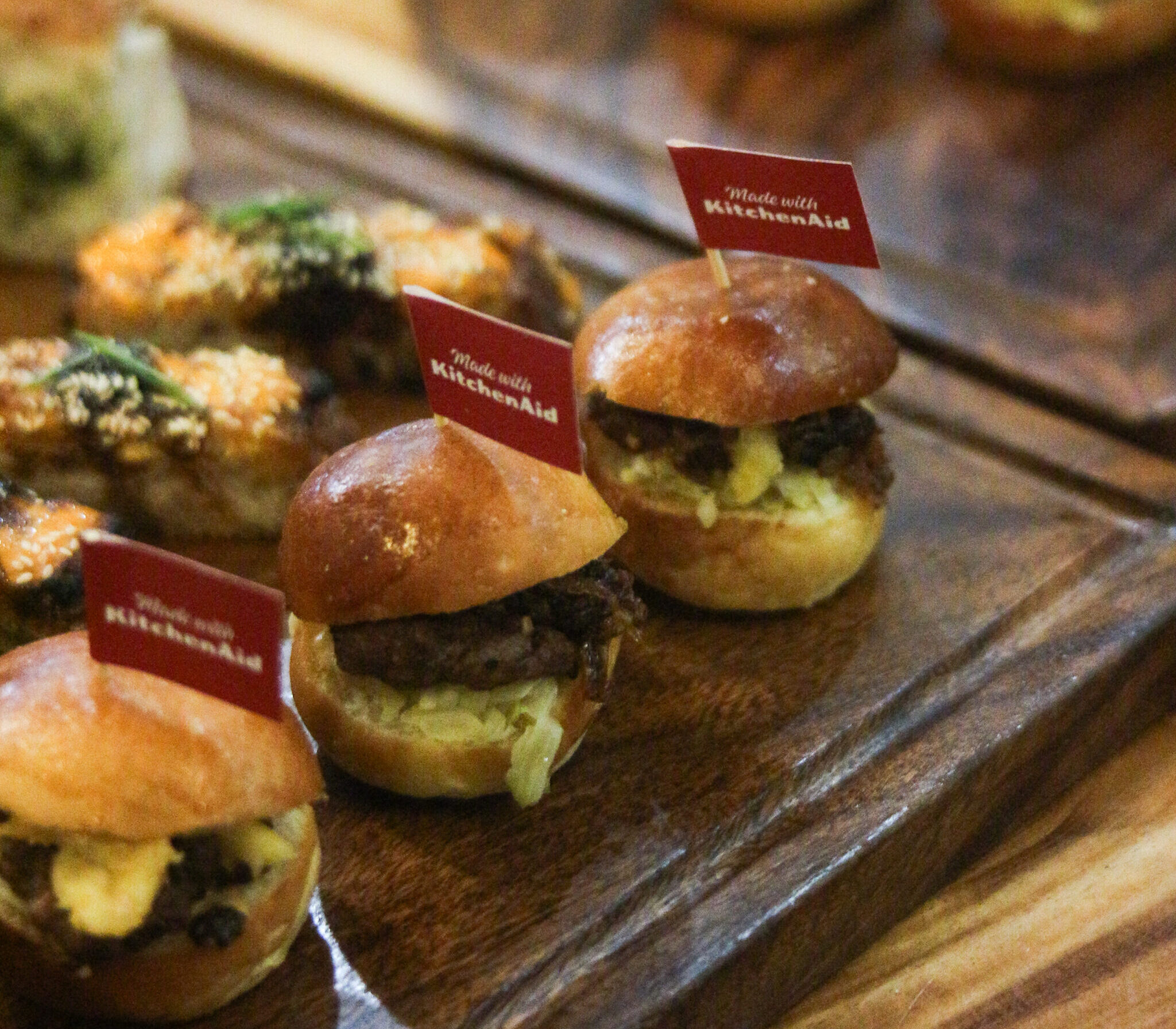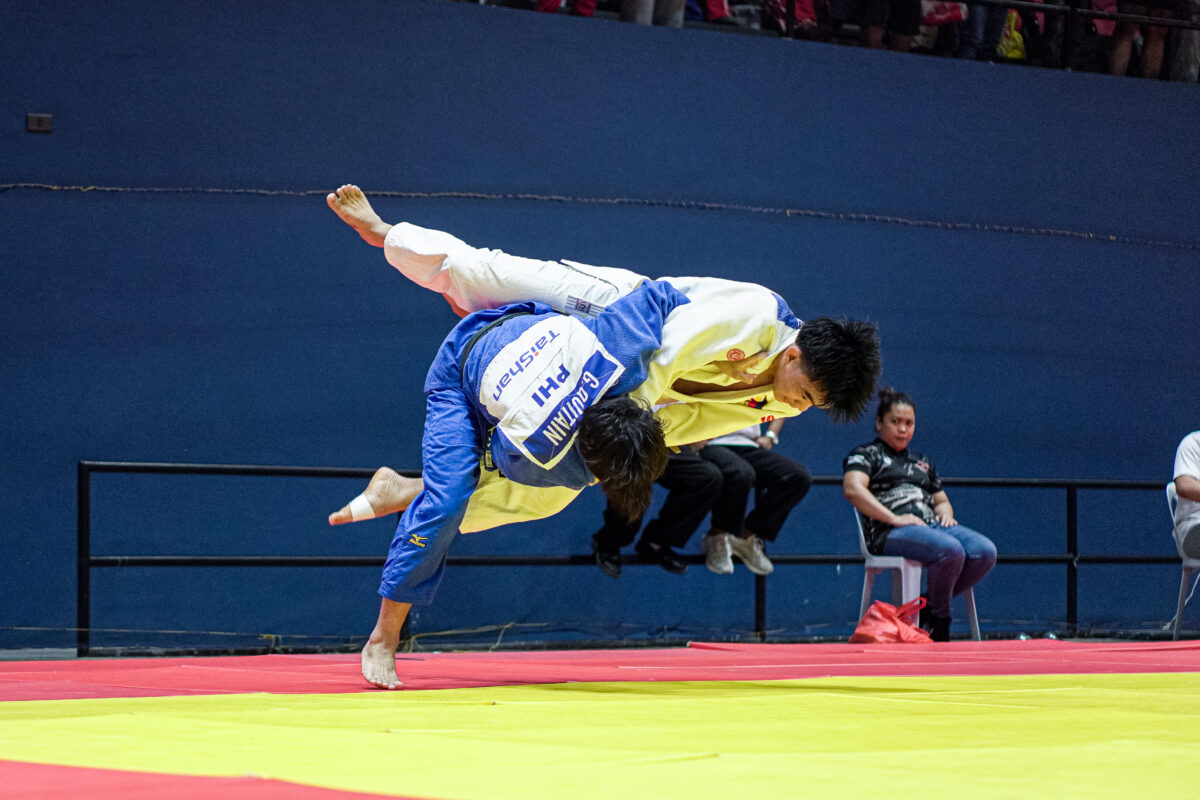About a month or two ago, I was in the bookstore browsing when a book cover caught my eye. I recognized the Blue Bird of Happiness on the cover and saw the title, “The Happiness Project.”
It was an interesting book by Gretchen Rubin, who tried to spend a year doing small simple things to make her feel more joy in her everyday life. While others go off to faraway places like Tuscany or India, Rubin had a point in saying that not everyone can afford to take a year off from their life, and she wanted to find joy in her own life, not outside of it.
If you ask any parent, he/she will tell you that their children are truly the joys of their life, and nothing makes them happier than taking care of their little blessings. And yet, too many times, we let so many opportunities for joy slip by.
There was a line in the book that truly struck me: “The days are long, the years are short. I couldn’t help but think how true it really is! I don’t want to look back and regret even one moment lost.”
Happiness as a virtue
And then, of course, I thought about the kids. We parents spend so much time and energy trying to teach our children all these different things. But I wonder if anyone out there has ever tried to teach his/her children happiness as a virtue.
This is not to be confused with trying to make them happy through entertaining and playing, but rather, a concerted effort to make finding joy in the ordinary and the everyday a natural practice for them.
I had always assumed that cheerfulness was a personality trait you were either born with or not. Whenever I looked at my kids, they always seemed like such a joyful duo that I took it for granted that they would be this way for life.
But then I realized, almost all kids are like that. I read a claim that said a child can laugh up to 400 times a day! And guess how many times the average adult laughs in a day? A measly 17 times!
If we want to raise happy and joyful children, I suppose it goes without saying that we must be happy parents, too. After all, how can you make someone happy if you’re not happy yourself?
And so I went back to the book to see what I could find to incorporate more joy in my and my children’s lives.
I began with her first resolution for January: “Vitality.” Rubin had a good point. How can you have the energy to be happy if you’re too tired to even smile? It really is much easier to maximize a day if you’ve slept enough and are in shape through a healthy diet and exercise.
She went on to list several steps to boost energy but one portion I found interesting was one on clutter. Living and working in a heavily cluttered area can zap the energy out of you without you realizing it, as it subconsciously distracts you from the moment you are in. And not just physical clutter, but even those in your mind.
Aside from the obvious suggestion of clearing up that clutter, she also had other helpful hints such as the “one-minute rule,” which basically said if it takes only a minute or less to do something, do it right then and there.
Her resolution for February was to “Remember Love.” Rubin explained that our relationships with the most important people in our lives—parents, children, and spouse—greatly contribute to our happiness.
I will mention one helpful hint she gave which I thought was nice: Give proofs of love. Not just the usual I love you’s, hugs and kisses, and certainly not material gifts, but both ordinary and extraordinary proof, whether it is handing your husband his vitamins or taking on errands you know your parents need to do but are too tiresome.
For March, the book talked about “Aiming Higher.” It dealt mainly with career and the joys of taking risks to do more, and enjoying failure should you so meet it.
Projects and traditions
The author talked about not taking everything with her kids so seriously, by taking time to be silly and singing more with her kids. She also talked about how she decided to make family projects and traditions, both traditional (Polite Night) and non-traditional (Pirate dinner, anyone?).
She did this by taking steps to capture moments by finally printing pictures and putting them in albums, and even creating a little notebook where she could jot down a funny or memorable thing her daughters said or did that day. And connecting it back to showing proofs of love, she sent photos to grandparents knowing that this was something they would appreciate.
Her children must have inspired her so much that she decided to dedicate May to “Being Serious about Leisure,” and not being guilty about taking a little time off to just relax and have fun. And again, on a roll, she went on to “Make Time for Friends” in June.
Whether it was in small steps like remembering people’s birthdays to going the extra mile for a friend in need, she discussed the contribution of healthy friendships to our emotional health.
I was quite surprised to read that there is a study on a psychological phenomenon called “spontaneous trait transference,” which says that traits of people being talked about are unintentionally transferred to the person gossiping about it in the mind of the person listening. I guess it would be wise for us parents to start guiding our children on how to build healthy friendships as early as now.
July was about “Money,” which I feel is pretty tricky and personal.
Meanwhile, August was about “Contemplating the Heavens” and thinking of Eternity. The best pieces of advice I feel she gave in this portion was to recognize what one is grateful for in this life and to imitate a spiritual master to help achieve inner peace which is vital to happiness.
Rubin is Jewish but she chose St. Therese of Lisieux or as we Catholics know her, the Little Flower. She was inspired by the way St. Therese aspired for holy perfection in the ordinary little acts she did every day.
Paying attention
The last quarter of the year involved “Pursuing a Passion” in September, “Paying Attention is October” and “Keeping a Contented Heart” in November.
Pursuing a Passion seems self-explanatory. Paying Attention is something which is easy to take for granted.
She advises savoring moments and talks about how she and her husband came up with a little practice they called “gaze lovingly,” where once in a while, they stand over by the doorway of their daughters’ room and “gaze lovingly” at their sleeping forms knowing that someday, all of what they have today will be nothing but a distant memory.
As for November’s Contented Heart, it basically came down to attitude. You won’t find happiness if you don’t humble yourself and allow yourself to be pleased by the small things.
A line here I found interesting was “It’s easy to be heavy, hard to be light.” In other words, being happy and cheerful isn’t always natural and easy, but if you want to be happy, just keep trying to be so.
This doesn’t mean that one should be fake and pretend to be happy even if one is not. Instead, the book says that by acting the way you want to feel, which is happy, instead of giving in to the temptation to mope and be negative, you might just find yourself perking up and being a little happier.
Finally, December was about putting everything together. Rubin is the first to admit that she did not have one perfect day where she was able to put into practice everything she discussed, but by simply trying, she found herself constantly in a better and happier place.
I would recommend making December the month to concentrate on the resolution to Give Back, since it is Christmas, after all, so what better time to learn about the value of giving one’s self to others in need?
The nice thing about the resolutions of “The Happiness Project” is that they are not goals to cross off a list. Rather, as resolutions, they are meant to be continued and practiced regularly until they become as natural a habit as possible, the goal being to live a life of peace and joy.
Some may say that it’s easy to be happy when there are no health, relationship, or financial problems. Yes, that’s true. But I guess in trying to be happy now, while there are no such problems to deal with, and teaching ourselves and our children to find the joy in life, we are also preparing for the days when the sun will not show its face.
We know that one day, our children will have to face their own hardships. If they are armed with a joyful spirit, maybe this will help them have face their problems, and eventually, joyfully triumph over them.


